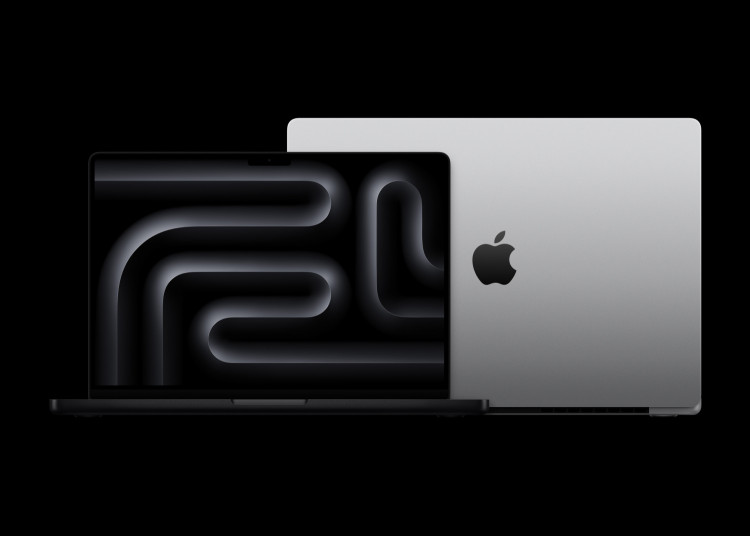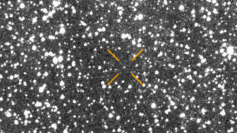Apple has unveiled its latest MacBook Pro models, powered by the highly anticipated M4 Pro and M4 Max chips, marking a significant leap in performance for the company's professional laptops. The new 14-inch and 16-inch MacBook Pros offer more power, faster processing capabilities, and enhanced features that cater to the demands of creative professionals and power users. The announcement, made through a press release, emphasizes Apple's ongoing commitment to innovation, particularly in the realm of AI and machine learning.
The introduction of the M4 Pro and M4 Max chips is a defining moment for Apple, with both models boasting significant upgrades in memory, processing power, and graphics performance. The 14-inch MacBook Pro starts at $1,999, while the 16-inch model starts at $2,499, with both offering a base configuration of 24GB of unified memory, up from the 18GB found in their predecessors. Notably, the entry-level 14-inch model starts at $1,599 and now includes 16GB of RAM, addressing prior complaints about insufficient memory in the base models.
Major Chip Upgrades and Performance Enhancements
The M4 Pro chip features a 14-core CPU, combining 10 performance cores and four efficiency cores, along with up to a 20-core GPU. This delivers a 75% increase in memory bandwidth compared to the previous generation, making the new MacBook Pro models up to three times faster than the M1 Pro models. The M4 Max, with its 16-core CPU and up to 40-core GPU, takes performance even further, offering over half a terabyte of unified memory bandwidth and a neural engine that is three times faster than the M1 Max.
These advancements cater to users with performance-intensive workflows, such as video editors, graphic designers, and software developers. The M4 Max model, in particular, supports up to 128GB of unified memory, making it an ideal choice for professionals handling large datasets and complex computational tasks.
Apple's claim that the M4 chips house "the world's fastest CPU core" and offer "the industry's best single-threaded performance" underlines the company's ambition to dominate the high-performance computing space. The new chips also feature faster GPU cores with a ray-tracing engine that is twice as fast as the M3 generation, enhancing the MacBook Pro's capabilities for rendering and graphics-heavy applications.
Additional Features and Connectivity
Beyond the significant chip improvements, the new MacBook Pro models come equipped with Thunderbolt 5 ports, providing speeds of up to 120 Gb/s with Bandwidth Boost, which triples the maximum bandwidth of Thunderbolt 4. This new standard is fully compatible with USB4 and supports advanced protocols such as PCIe 4.0, allowing for faster data access from external storage devices and peripherals. Both models also include an HDMI port that supports up to 8K resolution, making them highly versatile for professionals who need to connect multiple high-resolution displays.
The new 12-megapixel Center Stage camera, equipped with Desk View, allows for enhanced video calls, displaying both the user's face and the workspace below. This feature, combined with the new nano-texture display option that offers up to 1,000 nits of brightness for SDR content and 1,600 nits for HDR, makes the MacBook Pro even more appealing for content creators and professionals who rely on high-quality displays.
Apple's commitment to battery life remains strong with the M4 Pro model offering up to 22 hours of use, while the M4 Max model delivers up to 18 hours, providing professionals with ample power for extended work sessions without frequent recharging.
Apple's Focus on AI and Machine Learning
The new MacBook Pro models are also optimized for Apple's growing focus on artificial intelligence. The M4 chips include an improved neural engine that is twice as fast as the M3 generation, enhancing machine learning and AI-related tasks. This is in line with Apple's broader push into AI, particularly with the recent launch of Apple Intelligence, which will be supported on Macs as far back as the M1 chip, although the newer models are better equipped for these advanced features.
Apple has also made adjustments to its existing lineup, increasing the base memory configuration of the M2 and M3 MacBook Air models from 8GB to 16GB, starting at $999 for the M2 version. This move is seen as part of Apple's strategy to future-proof its devices for the increasing demands of AI and machine learning applications.
Market Impact and Availability
The new MacBook Pro models with M4 Pro and M4 Max chips are available in space black and silver finishes, maintaining the sleek design aesthetic of previous iterations. Pre-orders for the new models are open, with availability set for November 8. The pricing for the 14-inch MacBook Pro starts at $1,599 for the base model, while the 16-inch version begins at $2,499, reflecting the advanced features and performance upgrades offered by these new machines.
John Ternus, Apple's Senior Vice President of Hardware Engineering, emphasized the significance of these updates, stating, "With the powerful M4 family of chips, and packed with pro features like Thunderbolt 5, an advanced 12MP Center Stage camera, an all-new nano-texture display option, and Apple Intelligence, the new MacBook Pro continues to be, by far, the world's best pro laptop."




